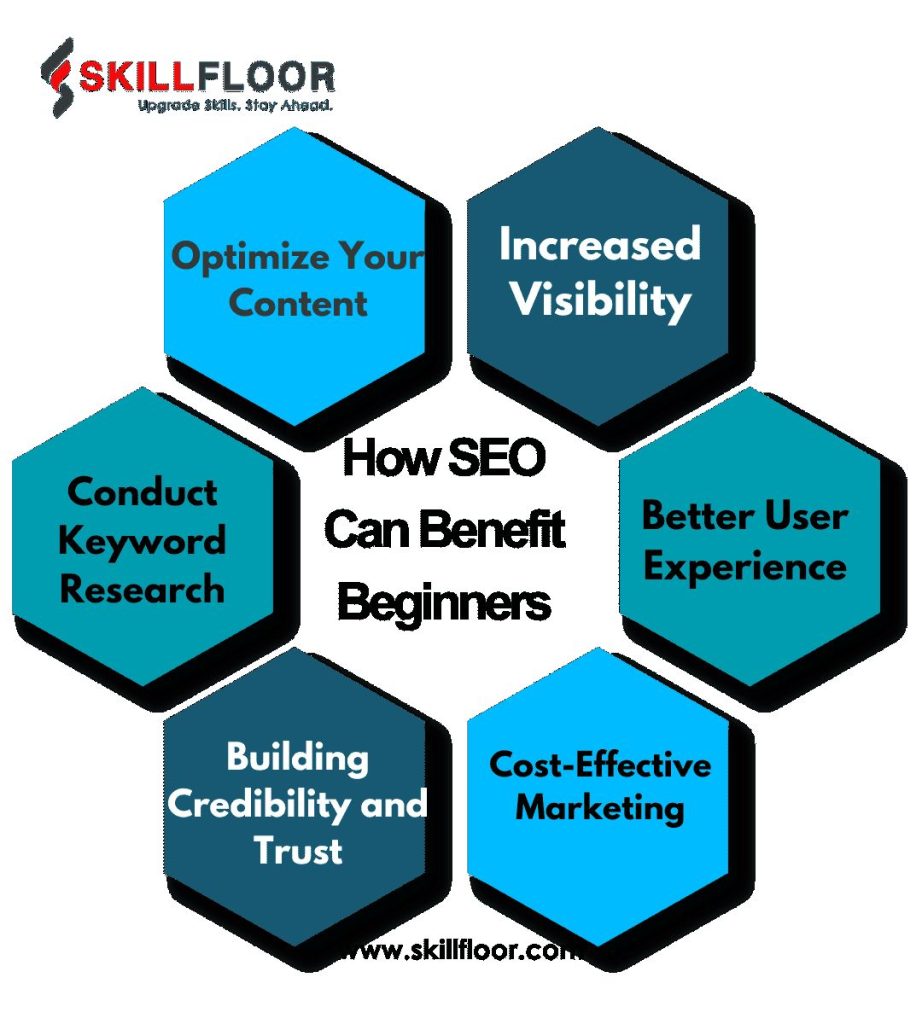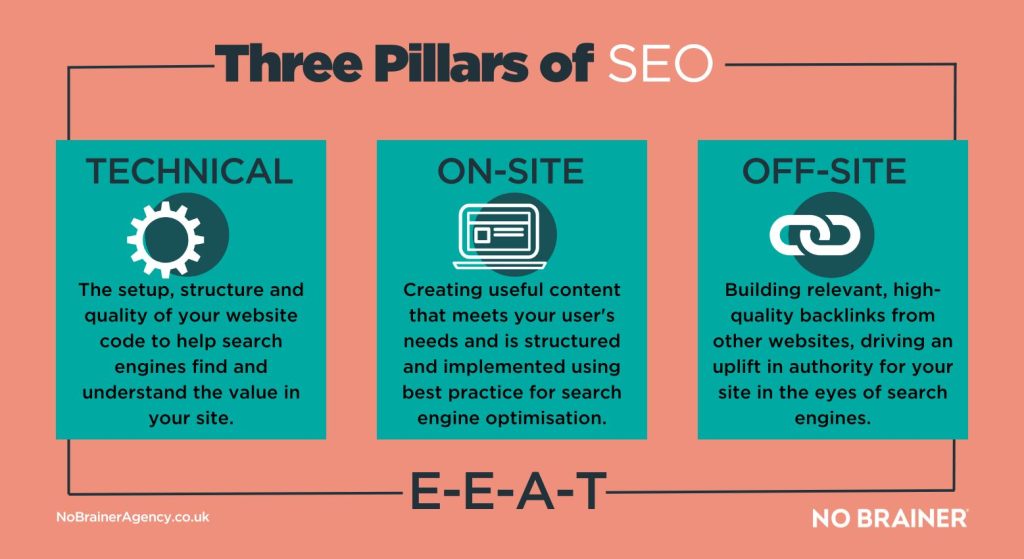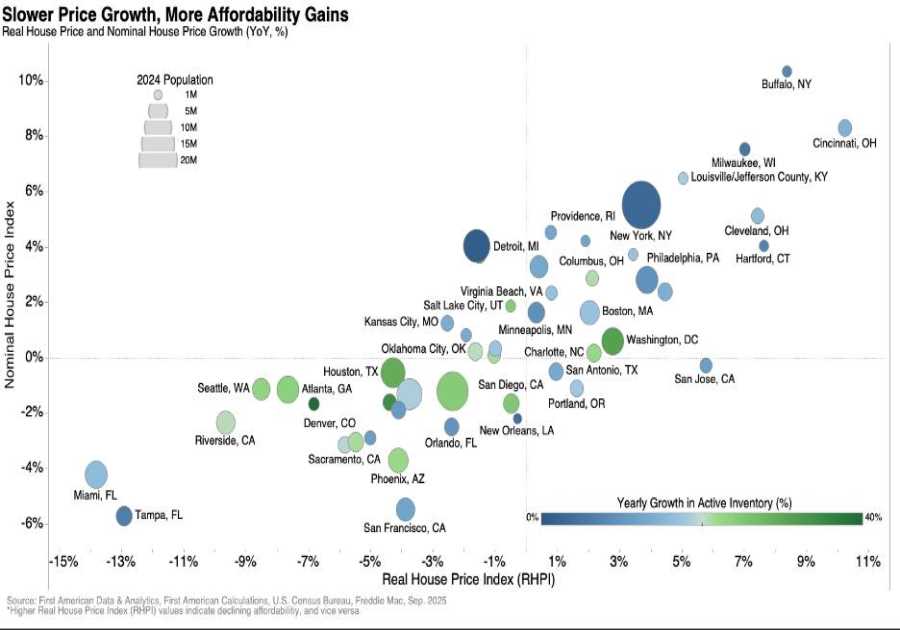You’ve built your website and maybe even published a few blog posts. But if no one’s finding it, what’s the point? AT its core, SEO for beginners is about turning chance traffic into consistent visibility. You’ll learn practical steps that don’t require a coding degree.
By the end, you’ll know how search engines work, how to match your audience’s questions, and how to monitor results. It shouldn’t feel overwhelming.
Let’s break it down together.
Quick Takeaways
- SEO starts with understanding search intent—not keywords alone.
- On‑page basics matter: headings, meta tags, and user‑friendly URLs.
- Content consistency builds authority over time.
- Technical health keeps your site functional and fast.
- Tools help you track progress and adjust strategy.
Why SEO Matters for Beginners
Most beginners treat SEO as magic words in titles. But good SEO is more about helping people find answers. Search engines act like librarians—they want to send users to the best content. If your site helps answer questions clearly, you’re already winning.
Think of SEO as matchmaking. When done well, it connects your site with people who want what you offer. You don’t need to chase every trendy term. You just need clarity, consistency, and relevance.

Image source
Step 1: Learn How Search Works
Search engines use bots to crawl pages, index content, and rank results. You want to make sure your site is easy to crawl and that each page is properly indexed. Tools like Google Search Console help you see errors or missing pages.
Step 2: Pick the Right Topics
Keyword stuffing doesn’t work anymore. Focus on search intent, the reason someone types a question. Users might want to learn, compare, or buy.
For a beginner, try keyword research tools like Ubersuggest or AnswerThePublic. Look for phrases with modest searches and clear purpose. For example, instead of “marketing”, target “how to write a blog post for beginners”. That phrase has clearer intent and less competition.
Aim for terms with a mix of decent volume and manageable competition.
Step 3: Optimize On‑Page Elements
On-page SEO includes titles, headings, body text, URLs, and images. Here are some tips:
- Include your keyword near the start of the title.
- Use headings (H2, H3) to break content into digestible chunks.
- Make URLs readable—avoid long slugs.
- Write a meta description that sounds human, not robotic.
- Add alt text to images to help search engines and readers with screen readers.
Balance is incredibly important. Don’t cram keywords everywhere. Just make sure signals match the topic. That helps both readers and algorithms.
Step 4: Build Useful, Consistent Content
You don’t need a viral post. You just need consistent posts that readers find helpful. Aim for one quality post each week or two. The topic should answer real questions your audience has. Use short paragraphs, bullet lists, and clear examples.
If you explain something technical, use a relatable example: “Writing SEO is a bit like preparing a pizza—you add ingredients slowly, let it bake, then serve it fresh.” Over time, your content becomes a go-to resource and helps your site rank for more queries.

Image source
Step 5: Clean Up Technical Issues
Website speed should also be at the forefront of your mind. If your site loads slowly, visitors bounce fast. Keep images optimized (compressed JPEGs or WebP).
- Use caching tools.
- Test mobile load time using PageSpeed Insights.
- Check for broken links, duplicate content, or missing meta tags with a site checker like Screaming Frog or Ahrefs.
If you find errors, fix or redirect them. A clean technical setup keeps crawlers happy and users engaged.
Step 6: Earn Credible Backlinks
Backlinks—other sites linking to your pages—act like referrals. Google considers them votes of confidence. But you don’t need a link farm. Try these:
- Guest blog on niche sites.
- Share content with industry influencers.
- Write content that answers common questions—people link helpful guides.
- Use HARO (Help a Reporter Out) to offer expert quotes.
Every backlink should be natural and relevant. Don’t buy links. One quality link beats dozens of spammy ones.
Step 7: Track and Adjust
SEO is never set‑and‑forget. Use Google Analytics and Search Console to track sessions, bounce rates, and search queries that bring traffic. Tools like Moz or SEMrush can show keyword rankings. Look for patterns.
Did one post get unexpected traffic? Was another buried along with poor metrics? Learn what resonates, tweak posts, and continue improving. Over time, your site adapts and grows.
Step 8: Monitor User Behavior
Tools like heatmaps and session recordings (via Hotjar or similar) show where visitors click or drop off. If people scroll halfway and leave, consider adding more engaging content or visuals.
If they don’t click your call‑to‑action, it might be hidden or unclear. User behavior informs you how to adjust design and messaging, so SEO doesn’t just bring traffic—it brings action.
Step 9: Keep Learning and Testing
SEO keeps changing, but core principles will always be relevant. Subscribe to trustworthy blogs like Google Webmaster Central Blog or industry experts on Twitter. Run A/B tests on title tags or introductory text. Try different content lengths. Learn what works for your niche.
If something flops, you adjust it. Every test is a learning opportunity that sharpens your strategy.
Why Beginners Can Stand Out
Larger brands can dominate with established authority. But beginners can win by focusing on niche topics, capturing long-tail traffic, and delivering fresh content. If nobody’s answered a specific question well, you can fill that gap. Your voice matters when it offers clarity. Search engines reward honesty and helpfulness. That levels the playing field.
Video source
Every Business Starts Somewhere!
You might feel overwhelmed when first seeing SEO. It feels like technical complexity meets writing goals. But it doesn’t have to be hard. Start small—one topic, one optimized post, one backlink strategy. Watch your traffic inch up, then accelerate. That momentum keeps you going.
SEO for beginners isn’t an uphill battle. Over time, your blog becomes a trusted resource that attracts the right people. That drives growth from search instead of chasing trends or ads.
Commit to regular learning and writing. Track progress. And stay human in your content. Search engines are just bots. But people decide actions. Do SEO that helps them find the answers they need and your site will be successful.
If you are eager to find content marketing solutions for your brand, check out our Content Builder Service. Set up a quick consultation, and we’ll help you build a blog you’re proud of! Get started today and generate more traffic and leads for your business.
Read More
By: Lauren Basiura
Title: SEO for Beginners: A Step-by-Step Guide to Getting Started
Sourced From: marketinginsidergroup.com/content-marketing/seo-for-beginners-a-step-by-step-guide-to-getting-started/
Published Date: Mon, 04 Aug 2025 10:00:00 +0000
Did you miss our previous article...
https://trendinginbusiness.business/business/aston-martin-sells-f1-team-stake-for-146m-amid-financial-struggles
.png)





